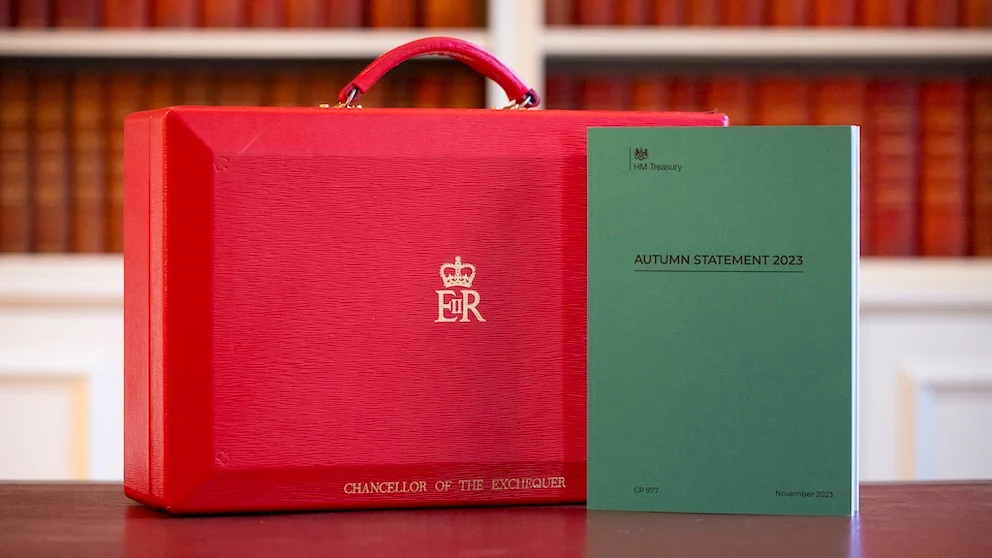The news industry is often guilty of failing to lift its eyes beyond the horizon. For anyone who cares about the major trends and headwinds buffeting the sector, this Reuters Institute’s Digital News Report – a survey of from 93,000 people across 46 markets – represents an annual opportunity for a deep-dive into what the future of journalism holds.
Published on 15 June, this year’s survey makes for grim reading – but its direct and uncompromising message is needed for a profession which has got to come together quickly to find solutions.
One of the report’s major takeaways is the growing tendency for “selective news avoidance” of depressing subjects, with the report’s authors describing their own findings as “particularly challenging for the industry”. In particular, the report found:
- The proportion of respondents that say they avoid the news, sometimes or often, has doubled in the UK (46 per cent) since 2017 – as well as increasing in all other countries surveyed – with respondents across many countries claiming they often feel worn out by the news (29 per cent).
- A significant proportion of respondents avoid news because they think it can’t be trusted (29 per cent). Around a third (36 per cent), particularly those who are under 35, say that the news brings down their mood.
- Others say the news leads to arguments they would rather avoid (17 per cent) or leads to feelings of powerlessness (16 per cent).
Among the sobering statistics, one sentence in the report particularly feels like a wake-up call.
“Subjects that journalists consider most important, such as political crises, international conflicts, global pandemics, and climate catastrophes, seem to be precisely the ones that are turning some people away from news.”
So far, so depressing – but what can be done to arrest the falling interest in news?
One antidote to the doom-news cycle is the growing popularity of solutions journalism, also known as positive news. This type of reportage identifies a question of concern and asks, ‘what can be done about this’ or ‘who is doing a better job to handle this issue?’

Positive News, for example, which publishes daily stories online as well as a quarterly magazine, bills itself as an outlet “for good journalism about good things”. Its editors describe themselves as pioneers of ‘constructive journalism’ which is “focused on progress, possibility and solutions” and “breaking the bad news bias”.
The front cover of its latest magazine is one such example – featuring ‘gleaners’ which take surplus crops from fields to food banks.
An eye-catching – or sobering – takeaway from the Reuters report depending on your point of view, is that trust in the BBC has fallen 20 percentage points in the last five years (to 55 per cent). This comes against the backdrop of a polarised Brexit debate and accusations of liberal bias against the corporation from much of Fleet Street, as well as members of the current UK Government.
The BBC is making strenuous efforts to look at how it delivers the news. People Fixing the World builds on a podcast by the World Service, looking at stories such as safer cities for women, turning mud into clean concrete, and sponge cities that fight flooding.
In the UK, the corporation has created an ‘inspiring stories’ landing page. While journalism is inclined to quickly move on after covering a traumatic incident, one aspect of positive journalism is returning to the subject matter months or years after the event to see how people or communities have changed.
In one such example, a survivor of the Manchester Terror Attack in 2017 describes how she is now “happy and healthy for the first time in a very long time”.
If you are a business, journalists are very much looking for ‘good news’ stories. There are multiple journalism guides around how to pitch positive stories to news outlets, including this by the European Journalism Centre,
In its advice, the guide states that including the limitations of a solution will steer journalists away from going down an advocacy route.
“Report on what is happening rather than declaring a permanent fix to a problem. Good solutions reporting should be nuanced, exploring the solution’s successes and failures, showing where there’s support and scepticism and where there’s more than one response to a problem. You’re looking for a good story not to ‘find’ the ultimate solution.”
Businesses can also form part of that solution – but there is naturally a nervousness around doing something that might be interpreted as rhetoric. One way to approach this sensitively is to look at how businesses can imaginatively help its consumers to close the ‘say-do’ gap and build sustainable habits.
The Reuters report continues to pose pressing questions about the role of journalists in delivering news, politics and culture, when they are the ones who also shape and influence the stories they report on.
That the sector possibly finds itself in a slow, inexorable decline is the most depressing finding of all – and one which will find many reaching for the off switch. It is why solutions journalism offers the industry a new prism in which to view and disseminate the news in a positive fashion – and better business activism and storytelling can help to facilitate the change.

















